In my previous post on Order and Disorder, I discussed the idea that Nature is perceived as disorder because, when left on its own, it will destroy our created works. But nature is a fractal system, so it is not really disordered. Perhaps one could say that the fractal, chaotic system of nature is a superset of our Euclidean system. As it has all the advantages of a living system, it will eventually overtake our own artificial environment.
When looked at this way, the natural and artificial realms are simply two different systems. We know intuitively that, when utilized with discretion, one system can enhance the other. Looking out my window, I see a short, concrete wall with a metal fence. The plain concrete and black metal bar by itself is not attractive in the least. However, planted in front of this fence are bushes that look quite wild. The juxtaposition of these two systems works very well.
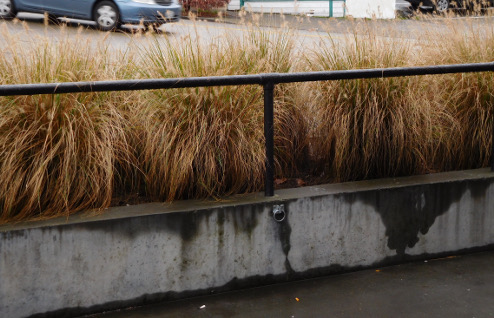
Transition Zones in Physics
Without going into excessive detail, physical equations can often vary depending on the distance or on the amount of time. For example, gravity inside the earth increases linearly and outside the earth it decreases exponentially. The equation shifts on the surface of the earth. In electromagnetism and optics, scientists discuss the ”near field” and the ”far field”. There is a transition zone as one shifts from near to far. Often, this is where the interesting phenomena occur.
With the juxtaposition of our two systems, we can also see that there is a beauty in the ”transition zone.” Rob Bear wrote an article at Curbed on the home of the architect George Post. One of his photographs focused on an outdoor wall made of stone. Like any ordinary wall, grass will grow to the wall. What they did in this case was to make a dirt barrier around the wall. The grass continued to grow and encroach on the dirt barrier, creating a fractal boundary. The dirt itself is also a fractal boundary; it, I believe, complements the irregularity of the stone wall.
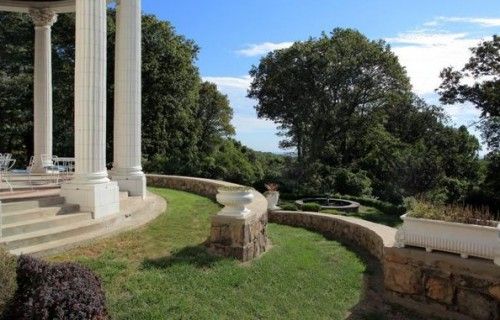
Fractals soften borders
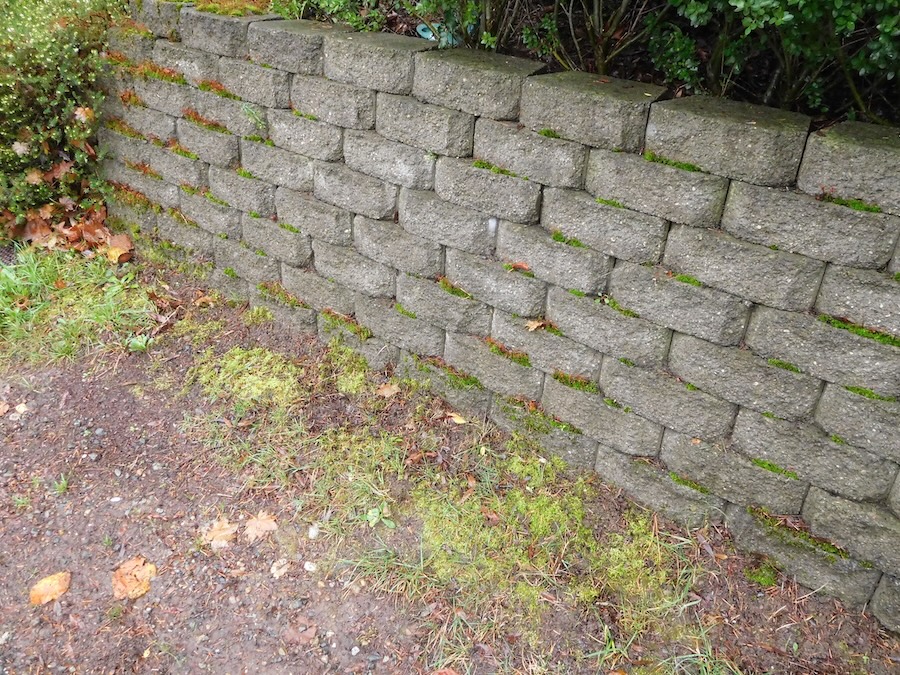
Any homeowner will also find that there is no crack between concrete slabs that doesn’t find grass or weeds poking out. The same with a crack in any building. While annoying, there is a beauty here. The strong, Euclidean shapes are softened by the fractals of the weeds.
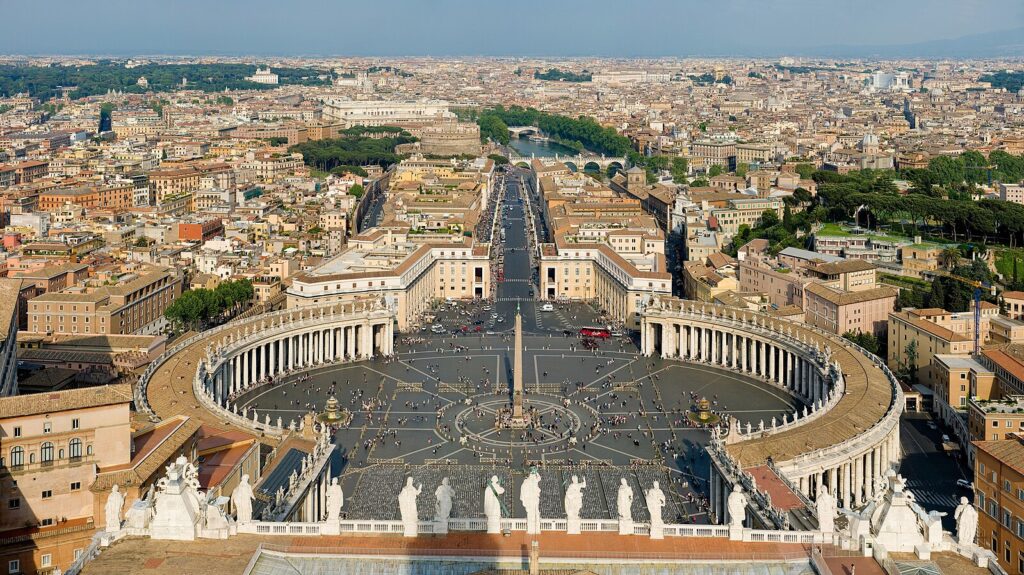
Vatican Piazza
Note however, that the same building when viewed from a perspective where smaller buildings surround it produces a softening effect, because the irregularity of buildings is fractal.
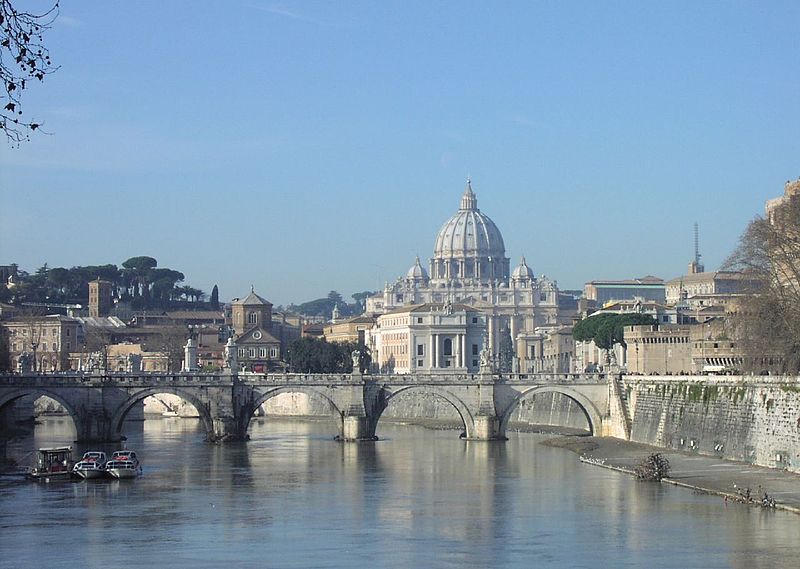
St Peter’s Basilica, city view. Courtesy Wikipedia
Below are further examples where Nature has provided her own softening of Euclidean lines. Moss and leaves are common sources. Plants with thin branches or leaves can also be used for a softening effect.
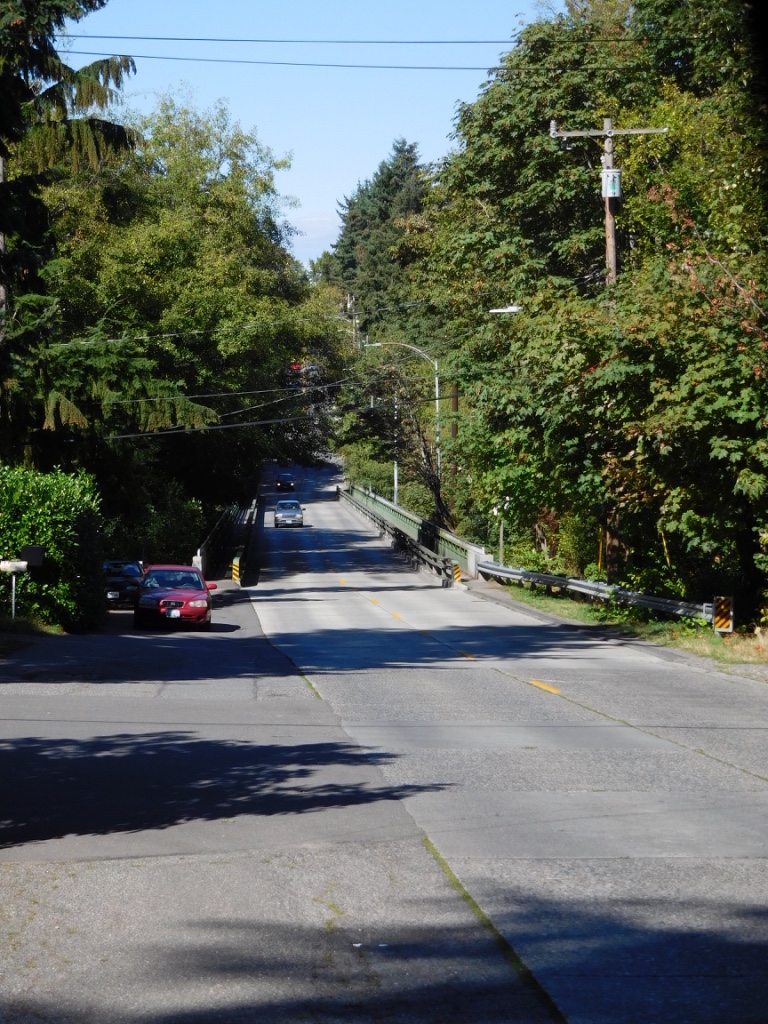
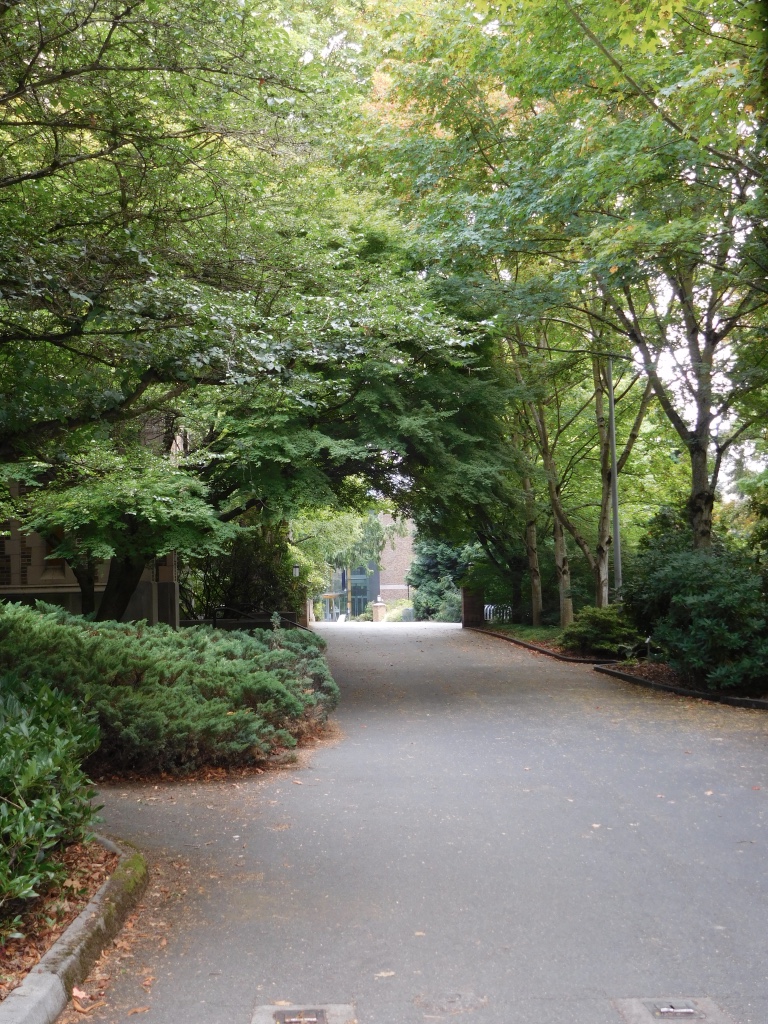
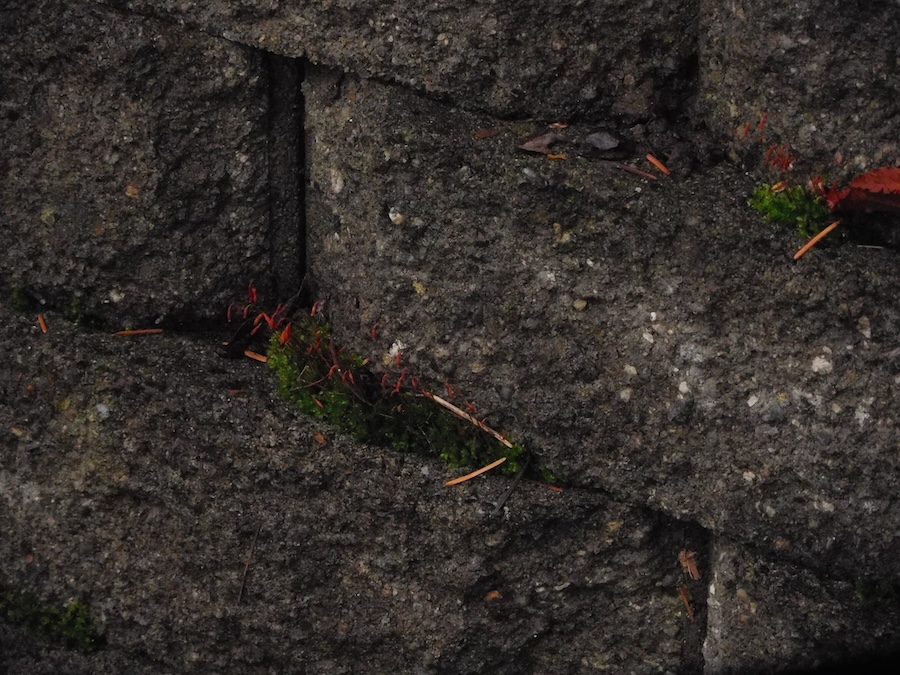
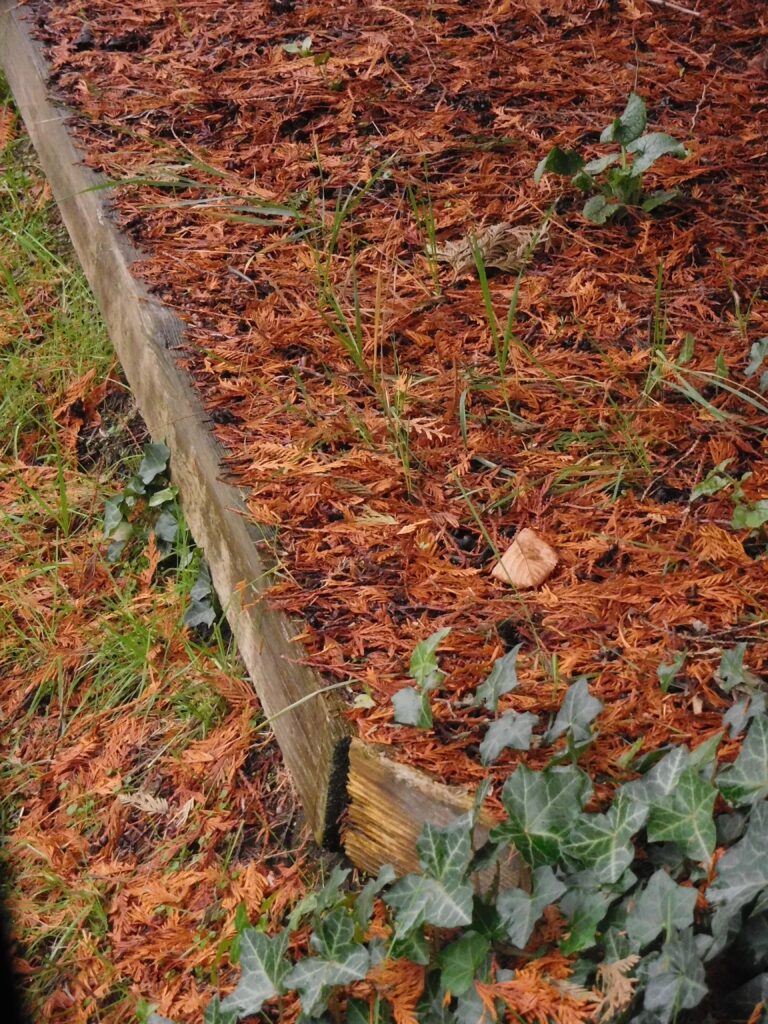
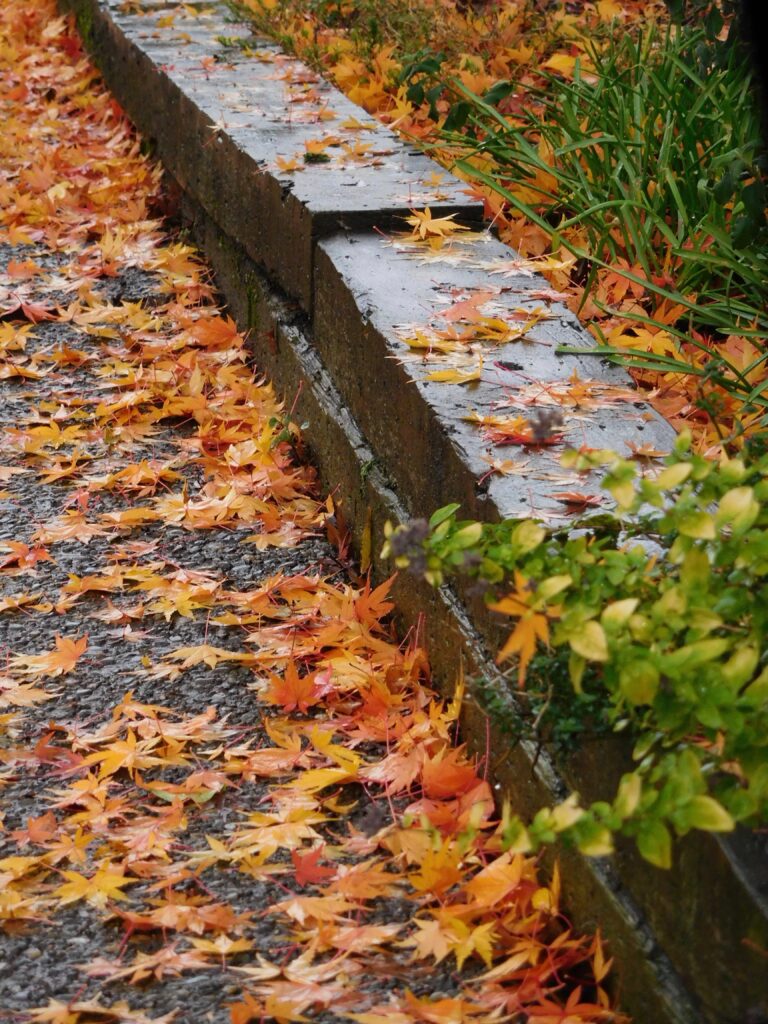
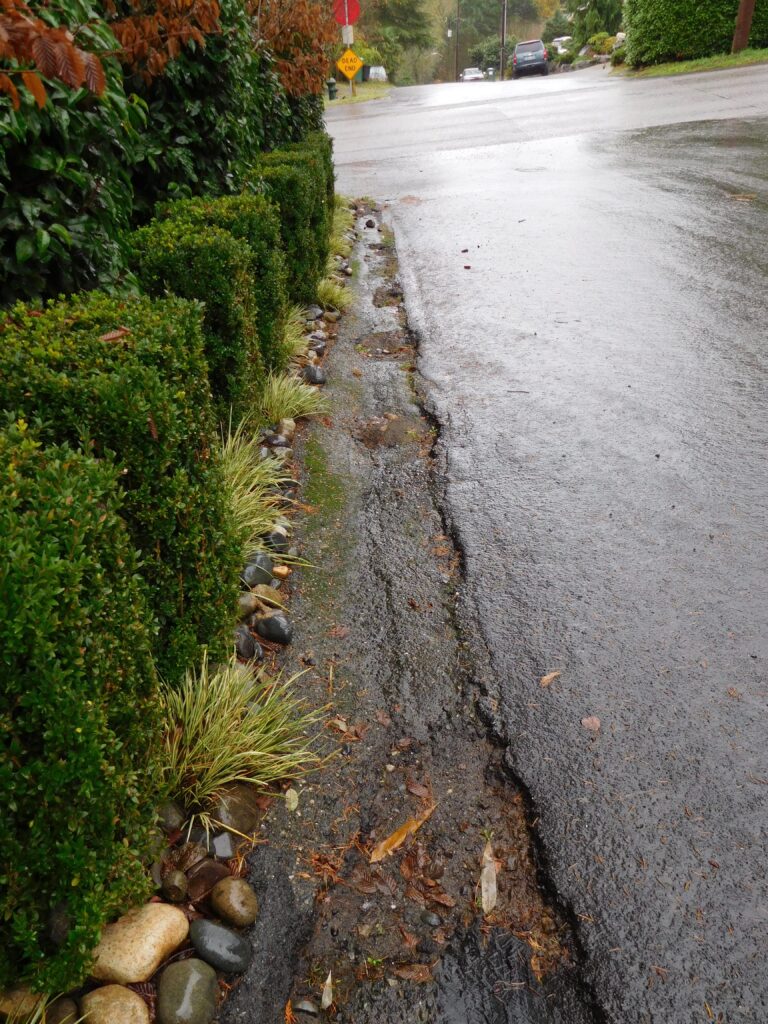
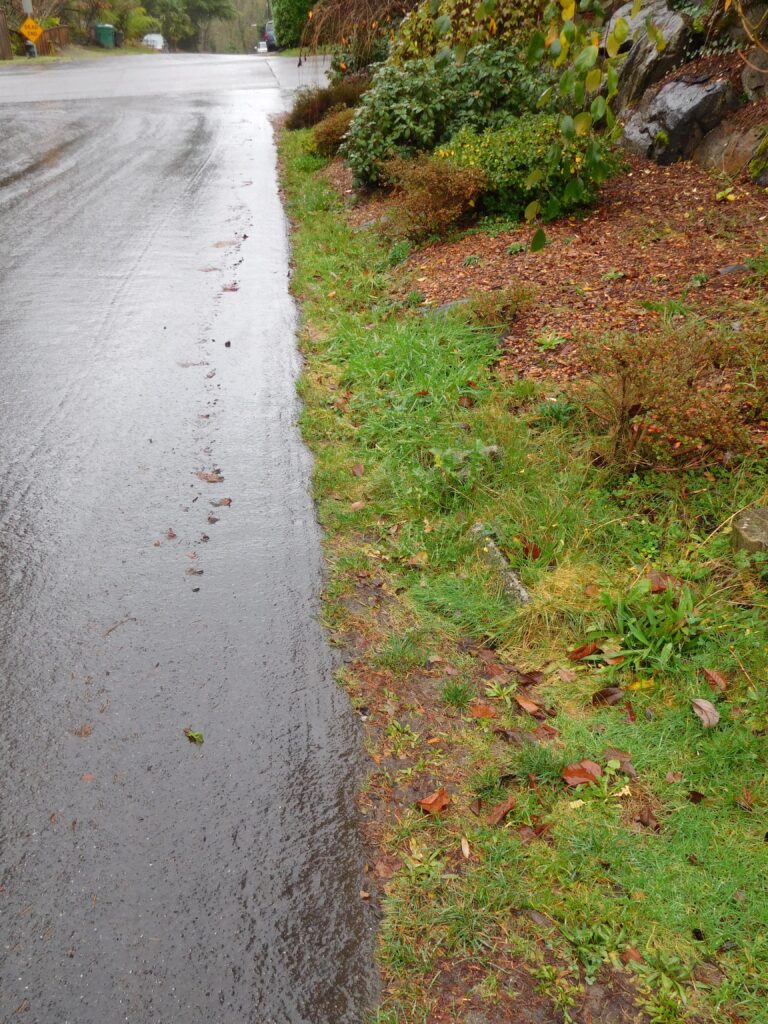
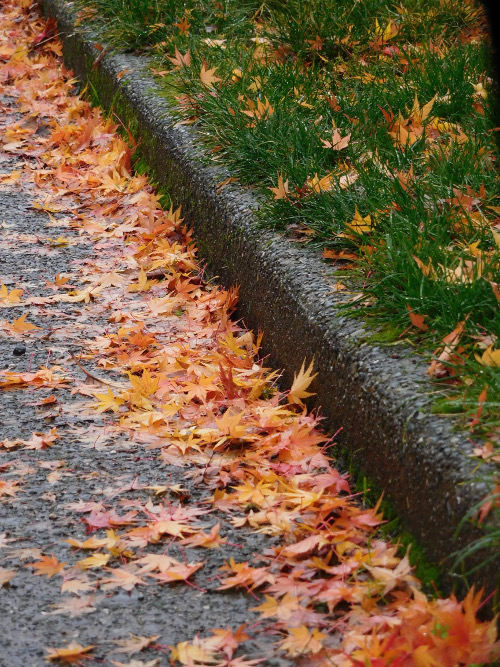
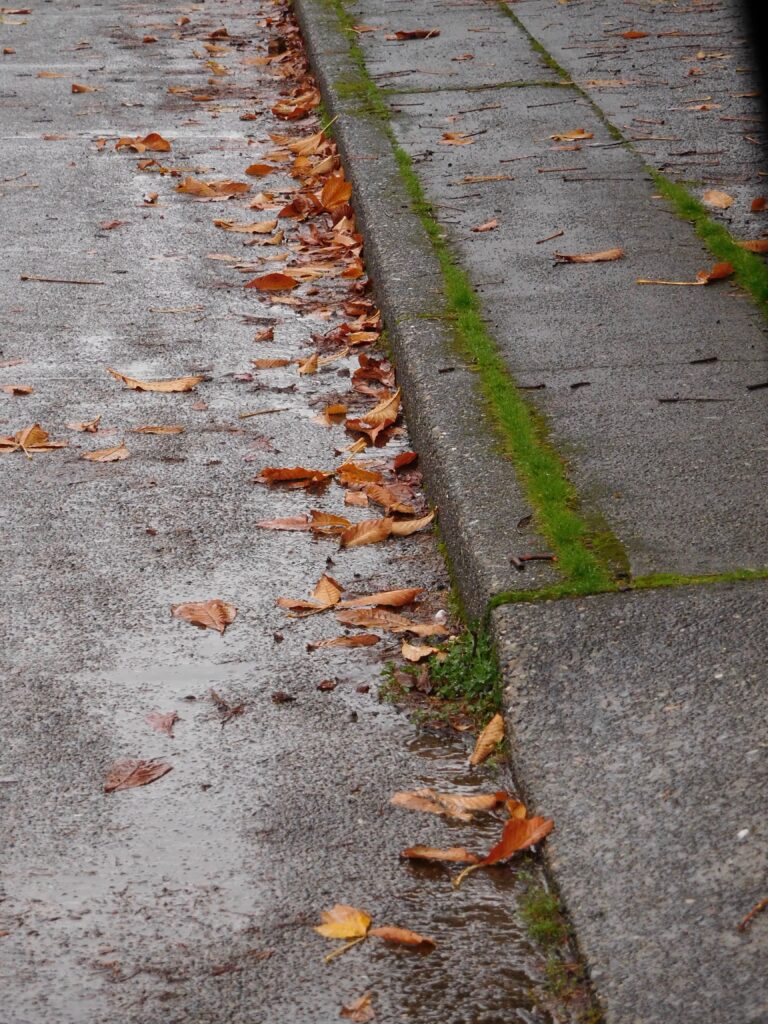
There is no reason why this cannot be done artificially. One can use fractal design as a complement to traditional design. I do not mean that we add vegetation around the building, but add artificial structures that resemble fractals. This could simply be a colonnade or smaller buildings arranged with athroisis. Remember that athroisis, or groupings, is a strange attractor. Strange attractors are fractals